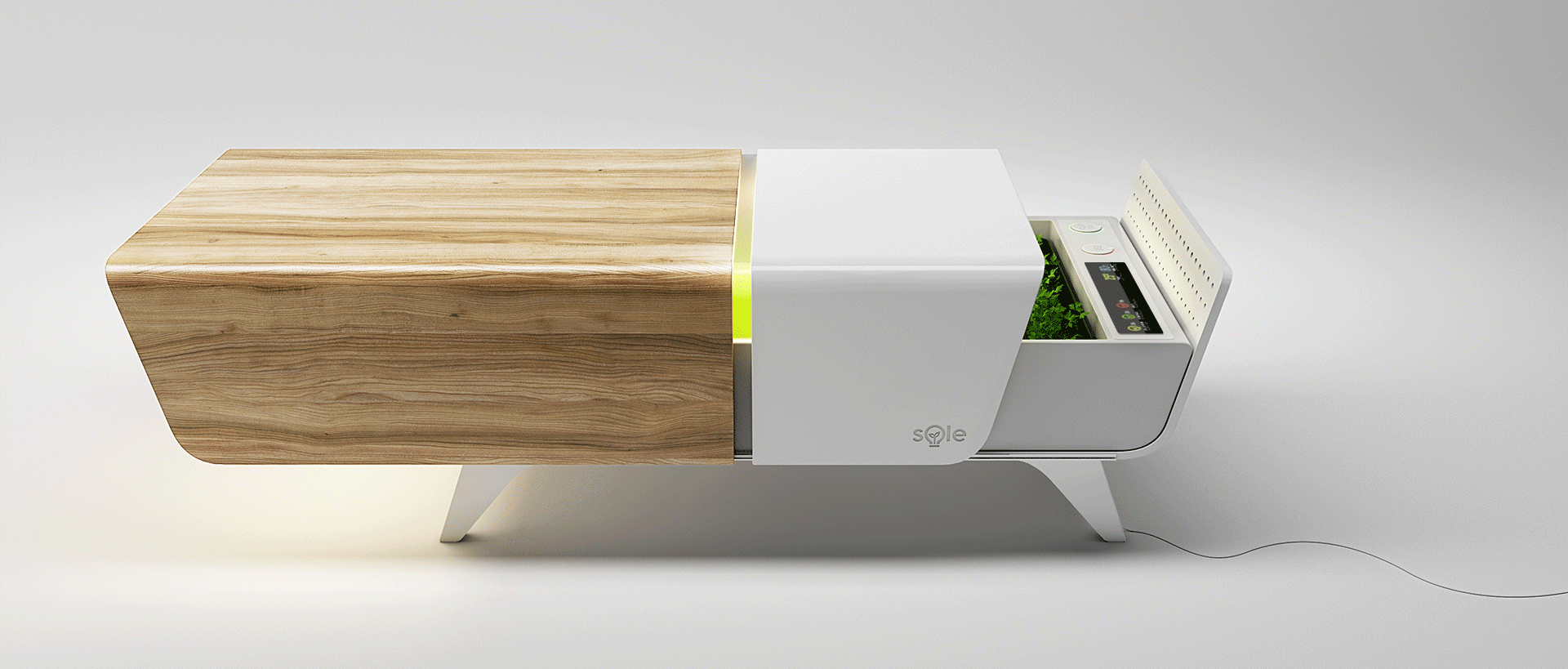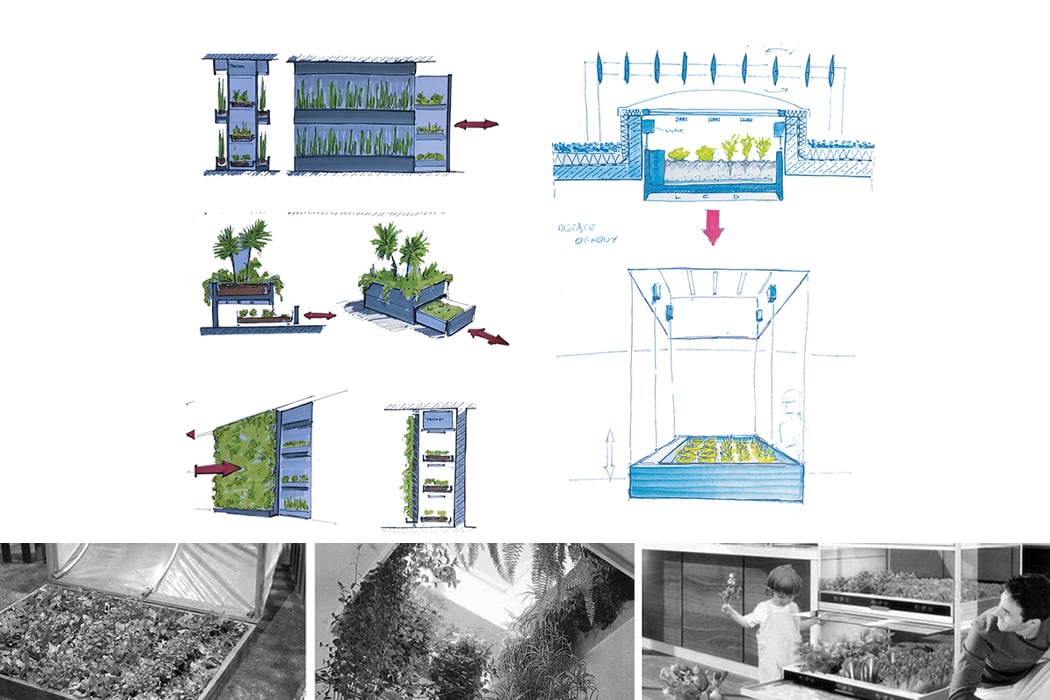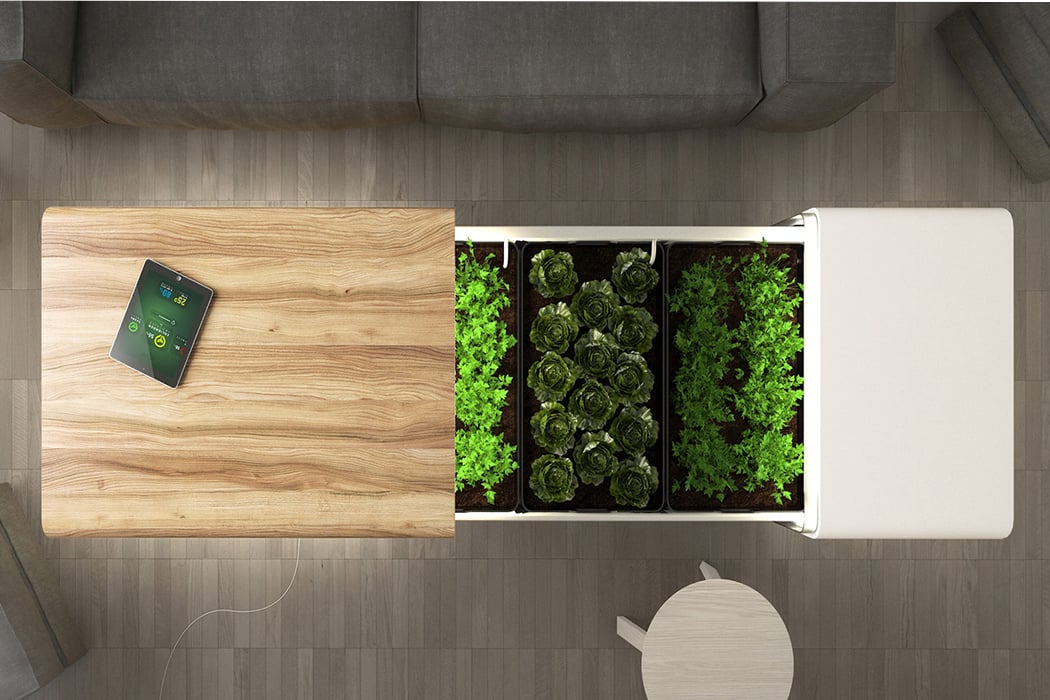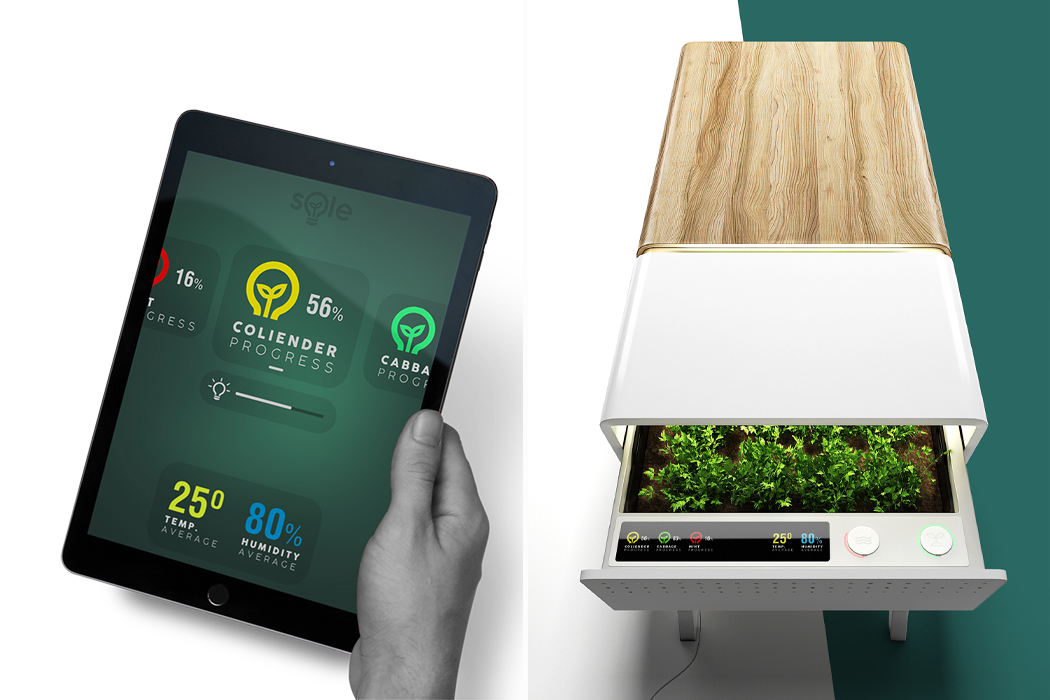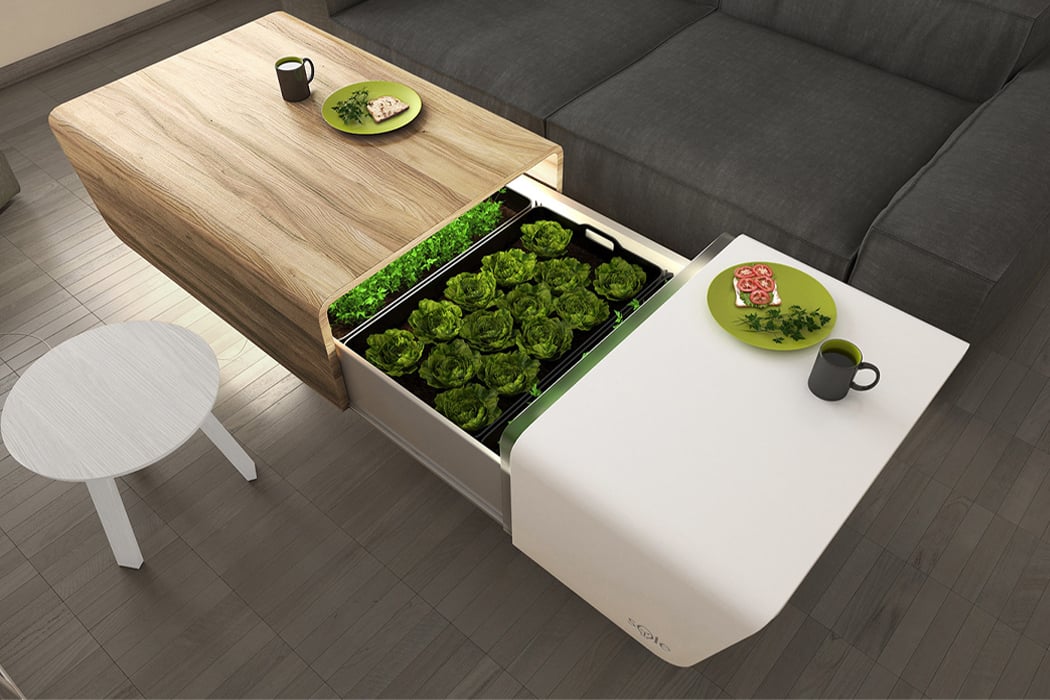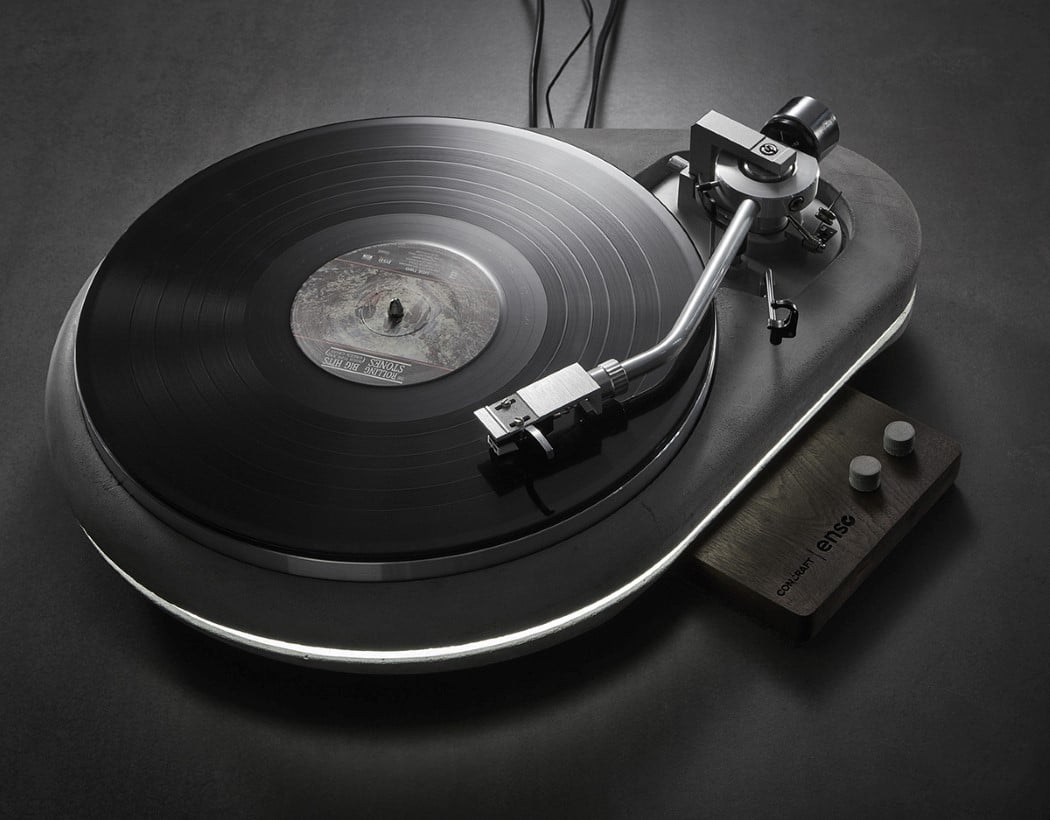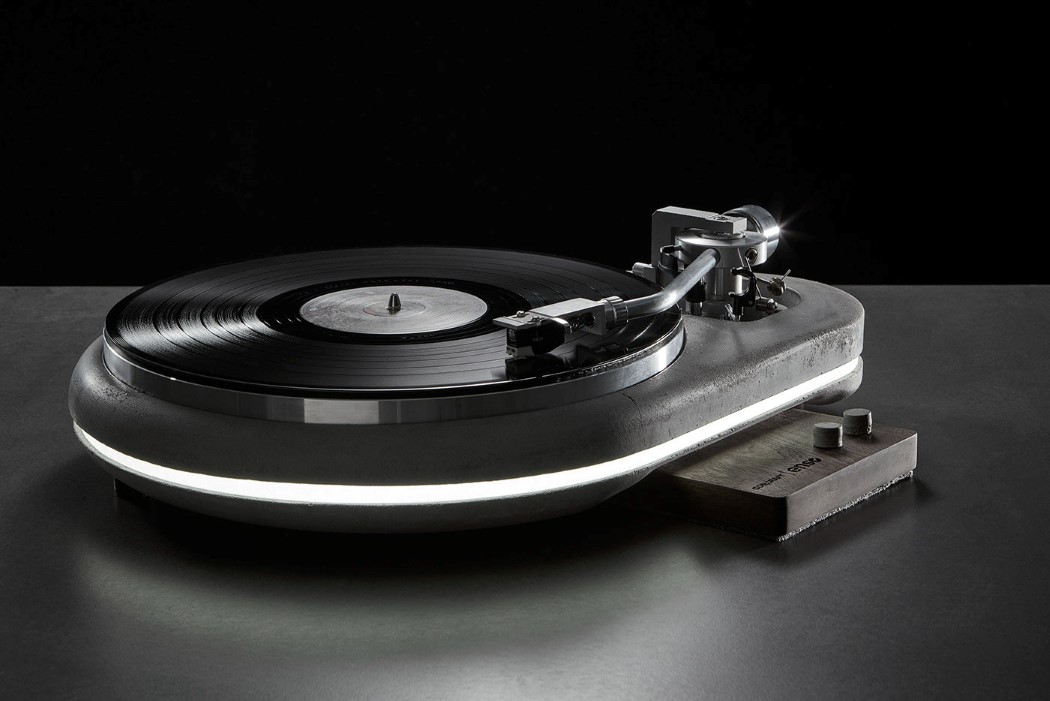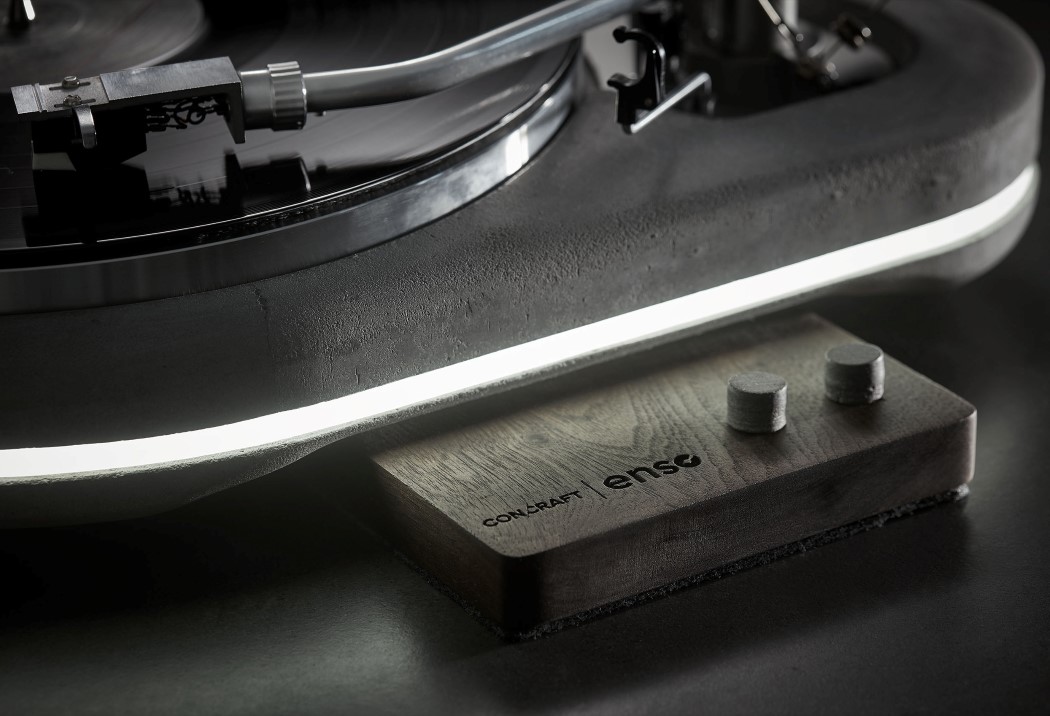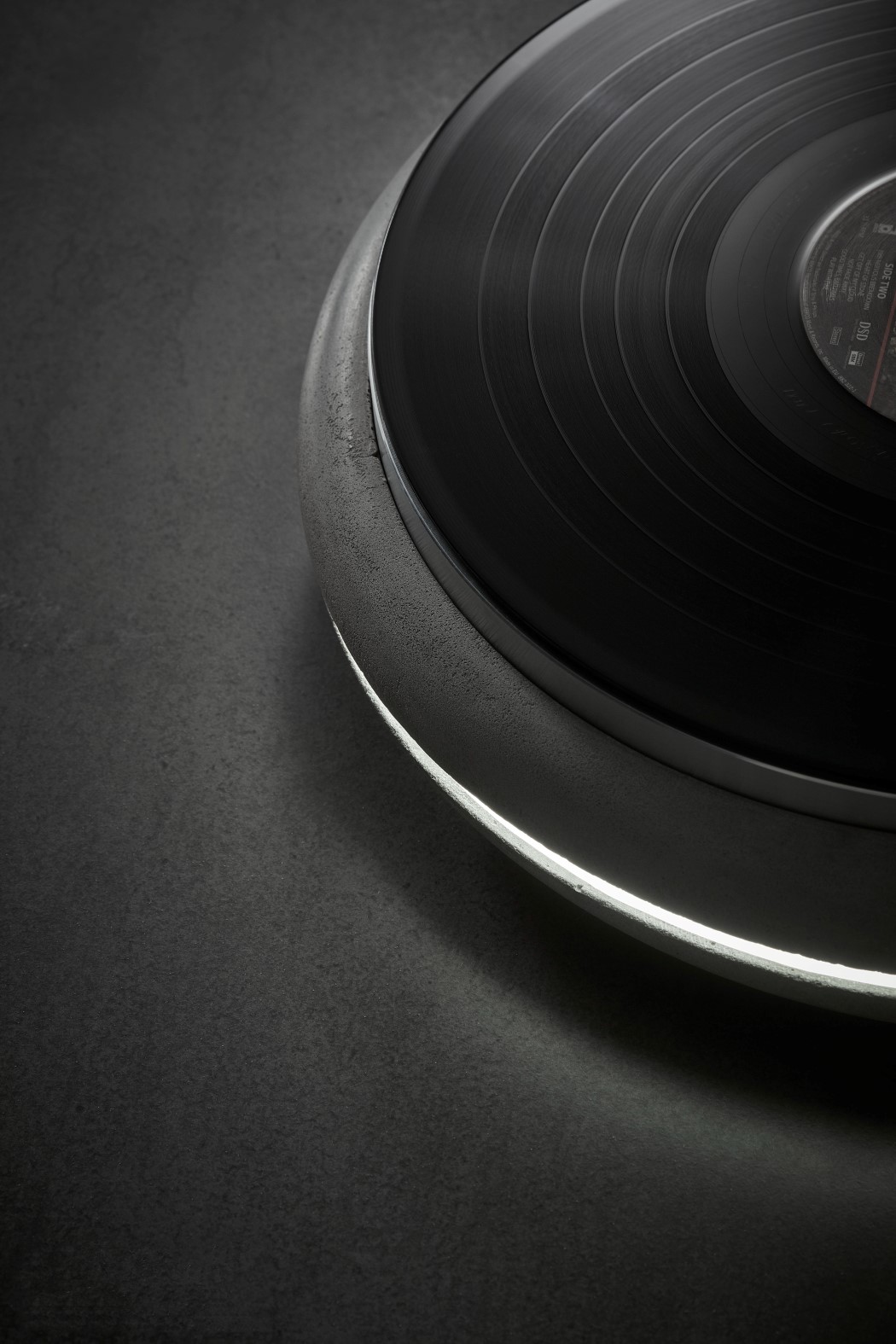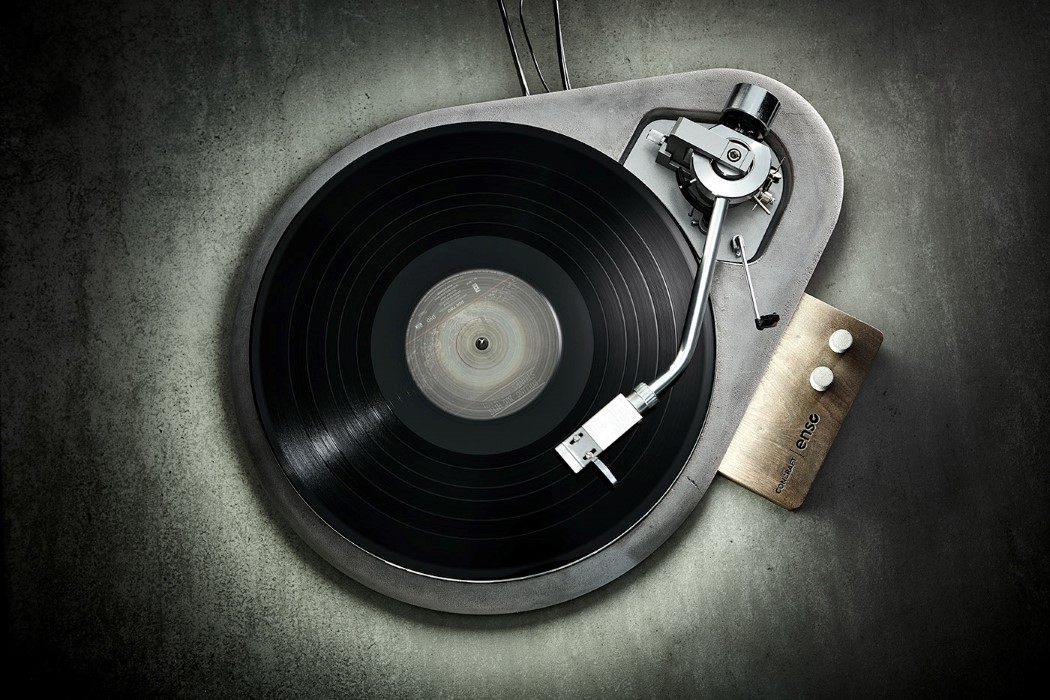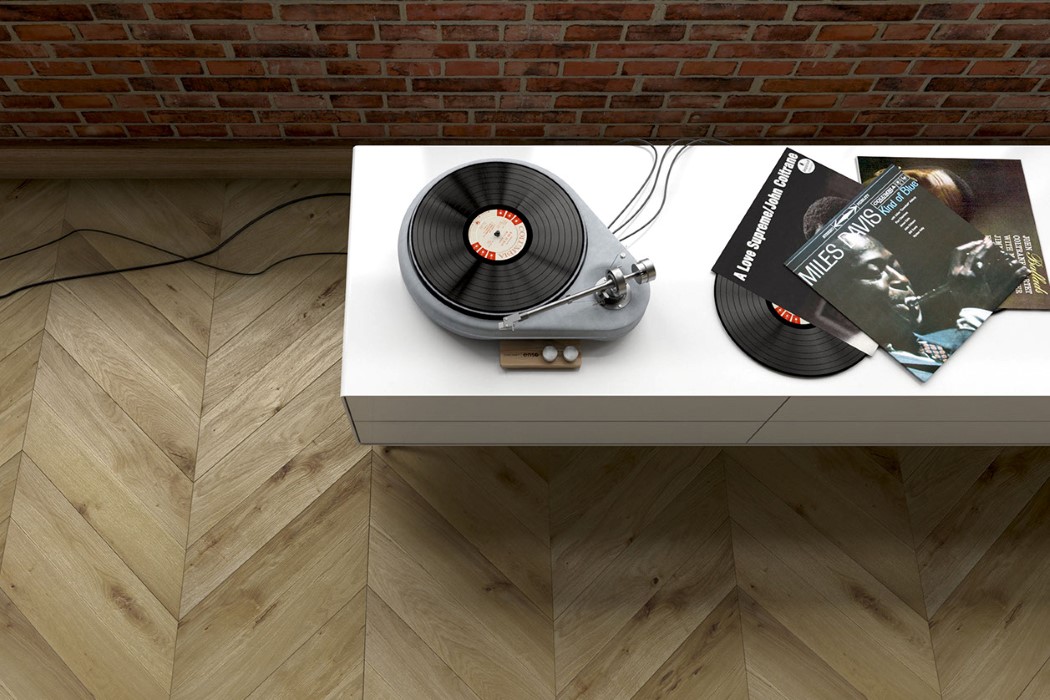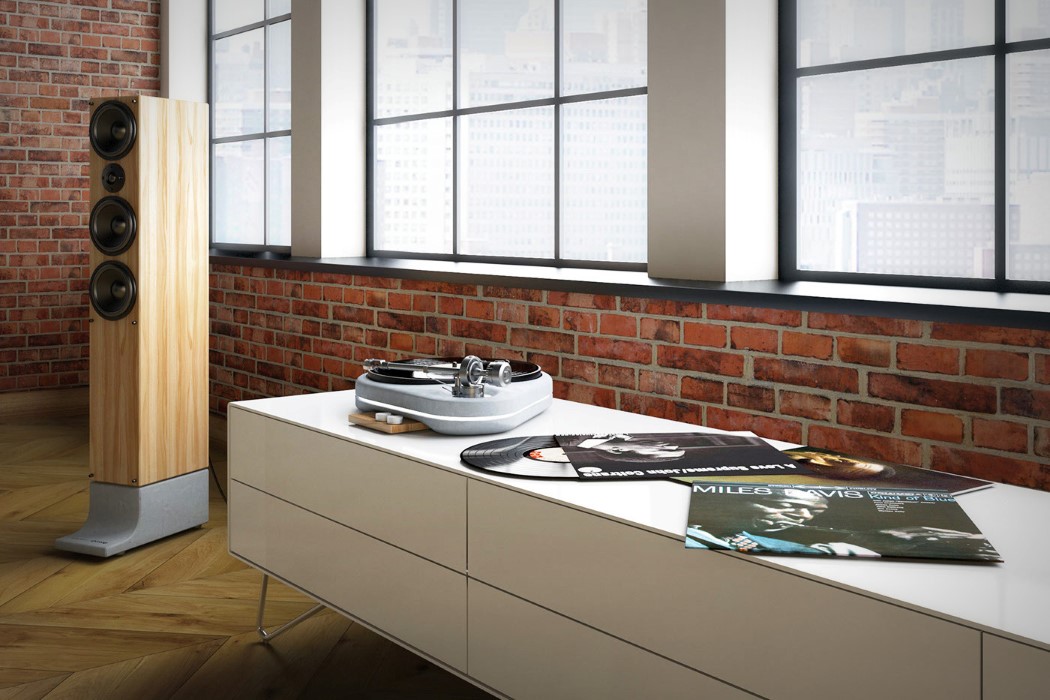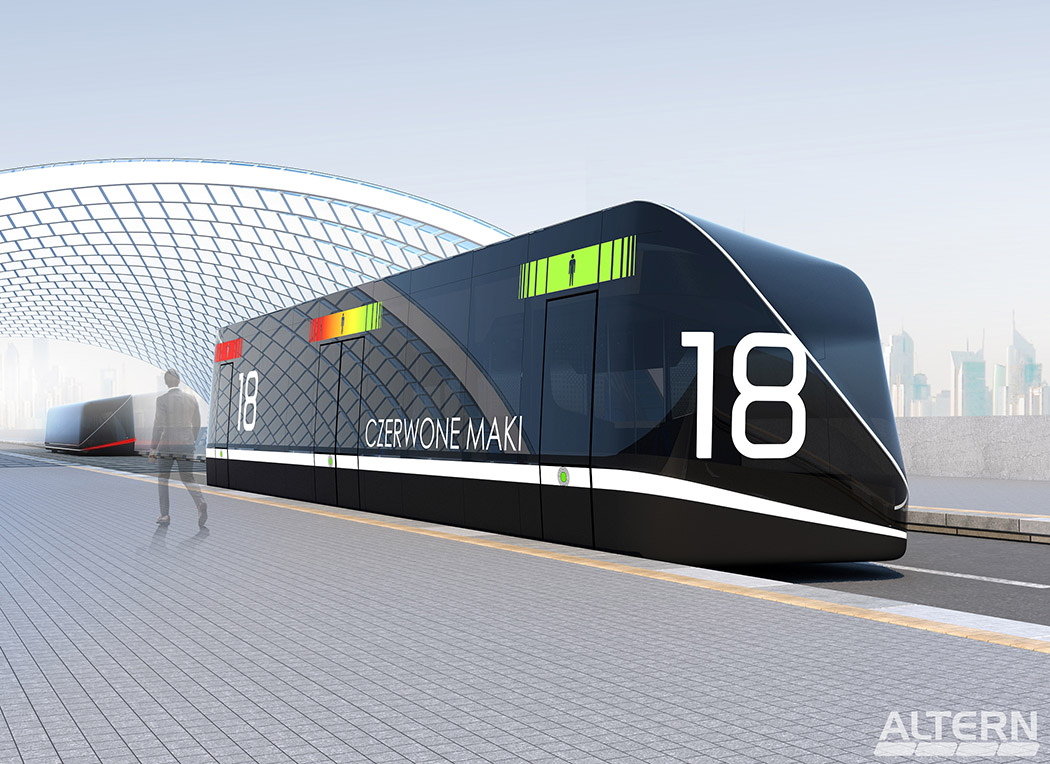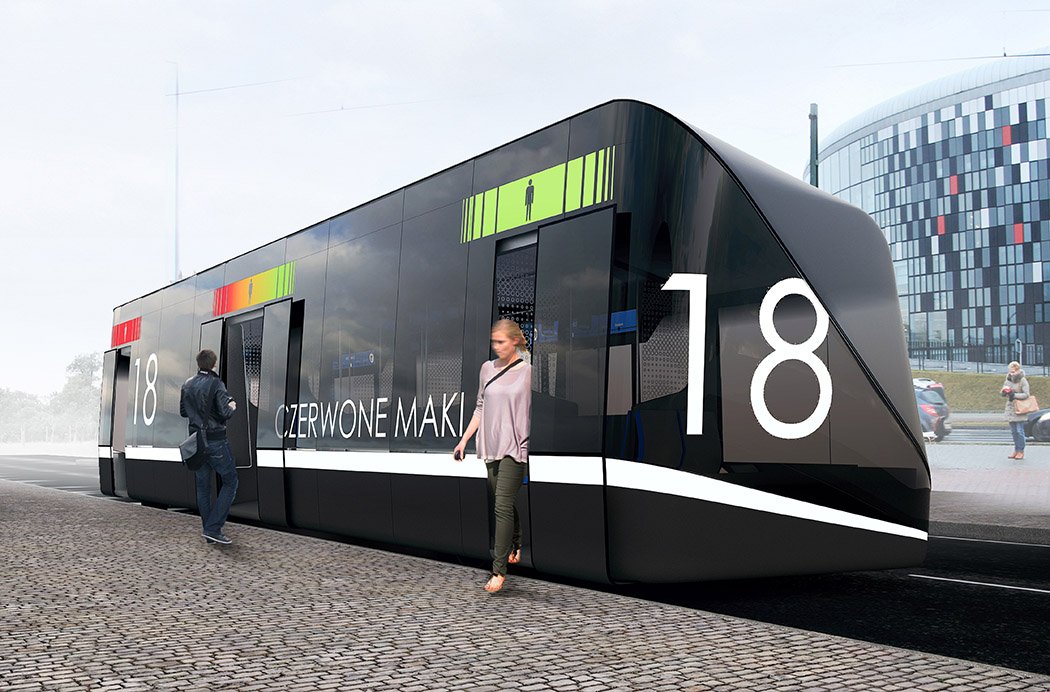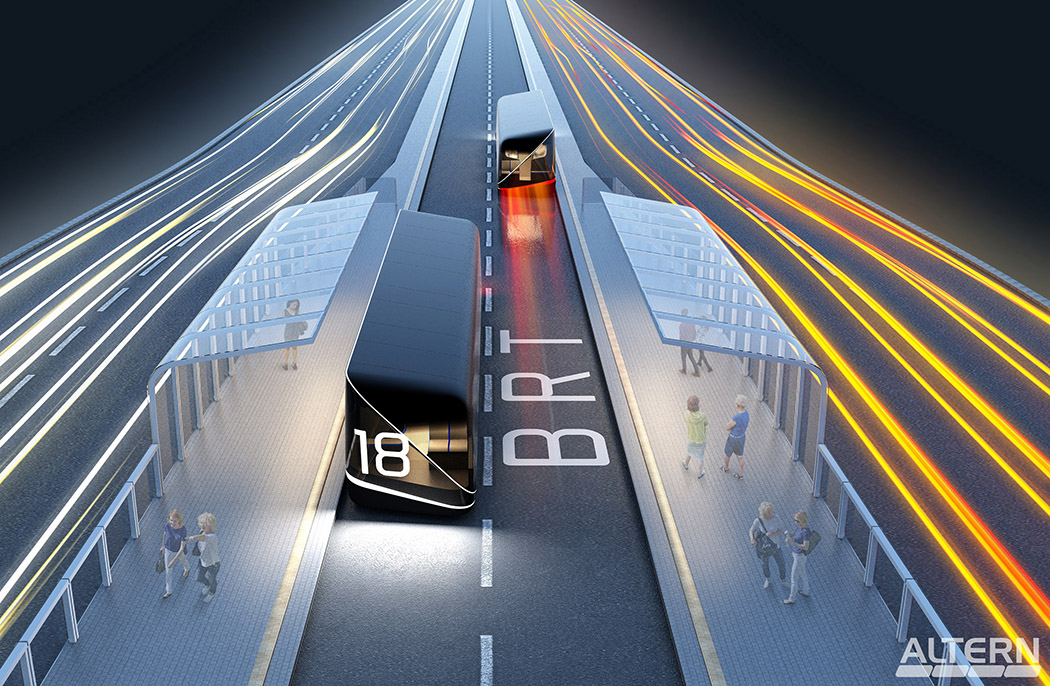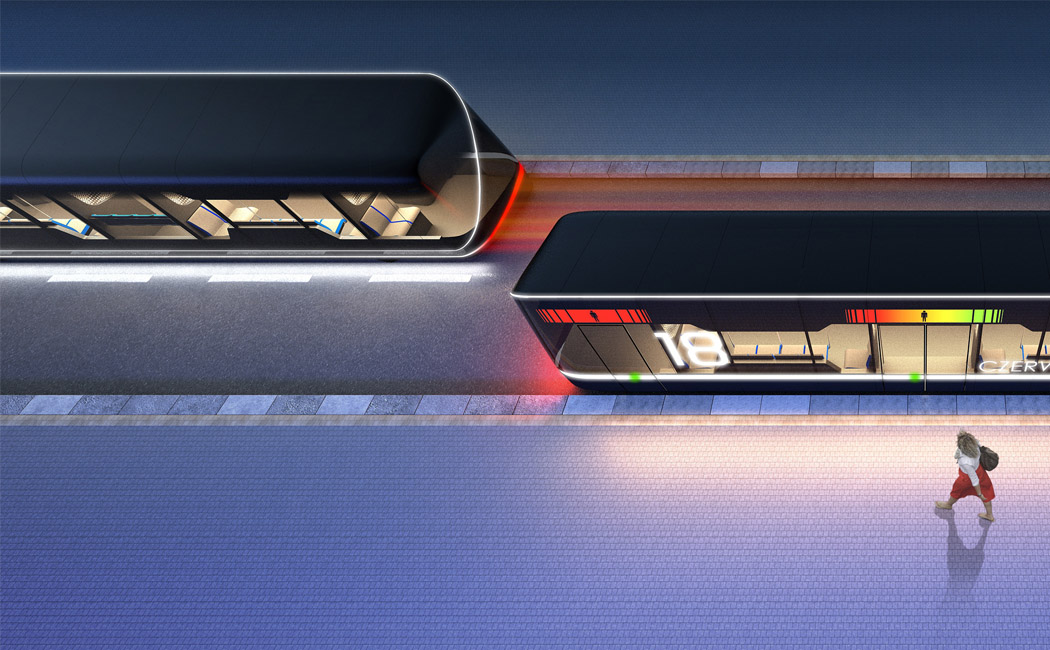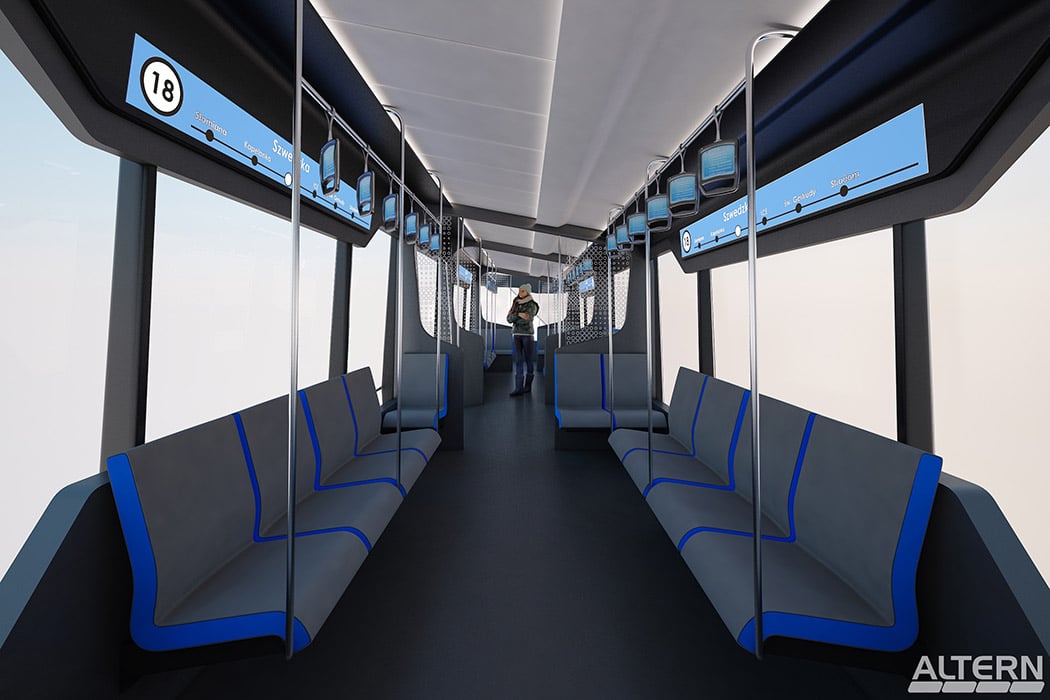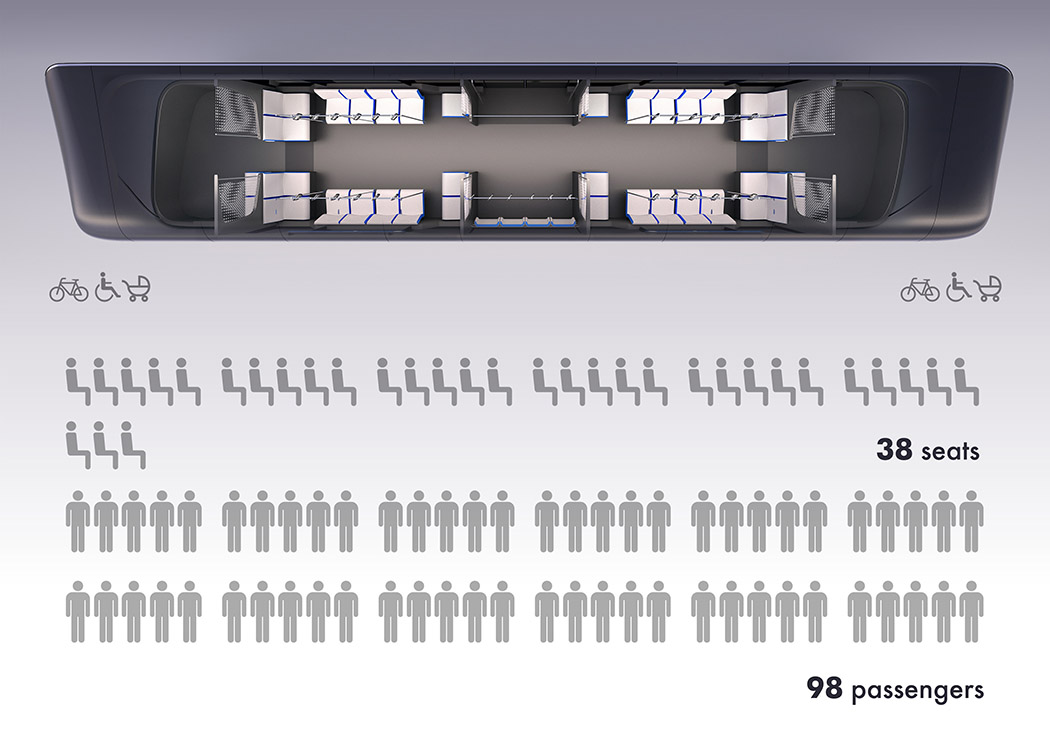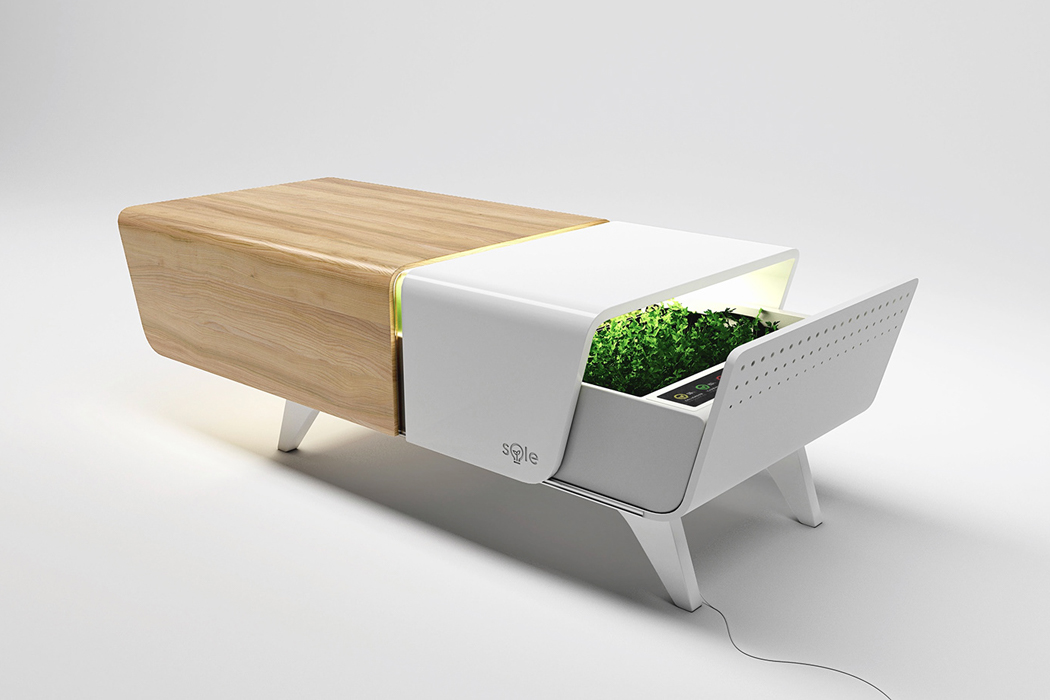
Home gardening is difficult enough as it is, but it gets even trickier when you live in small city quarters. With city living’s and home gardening’s popularity rising in recent years, those of us who live in apartment complexes might feel discouraged from starting home garden projects – they’re messy and time-consuming, not to mention that a lot of space is usually a prerequisite. That’s why SOLE was created. SOLE, a home gardening system, poses first as a small coffee table only to reveal a hidden, self-maintained, miniature garden for city dwellers who want to fill their homes up with some natural greens, but not the fuss that typically comes with them.
More people are moving into cities, which means that access to home gardening is decreasing since natural light is harder to come by and smaller apartment spaces, like efficiency studios, are preferred. Thankfully, SOLE’s coffee table was designed to take up as little space as possible in order to fit into even the smallest of studios. Indoor urban gardening is usually practiced by using grow box containers that require a lot of window ledge space and natural sunlight – both of which can be hard to come by in city apartment searches. In order to make home gardening possible in any city-living space, SOLE maintains the perfect climate, temperature, and nutrients for you and your chosen plants so long as they fit inside the coffee table’s extensive body. While researching the influence of temperature, exposure time, intensity, color from visible light, along with the distance and angle of light distribution, the designers behind SOLE decided to incorporate a lighting system that would enhance plant growth by imitating the effect the sun’s rays have on indoor plants.
The garden is maintained primarily by RGB diodes that emit light similar to that of sunlight so that the enclosed botanical environment mimics the outdoors, providing the optimal space for homegrown and nutrient-rich herbs or plants. Additionally, the grow box inside of the SOLE coffee table maintains irrigation through fully-integrated water tanks and fertilizing mechanisms. The grow box comes equipped with three separate pots that can be easily removed for cleaning and whose RGB diodes adjust according to each plant’s needs. Lastly, the whole system can be modified and maintained by using an app through your smartphone, tablet, or PC or the control panel located underneath the coffee table’s sliding cover.
Designers: Mikołaj Nicer, Jakub Maciejczyk, Grzegorz Szczupał
